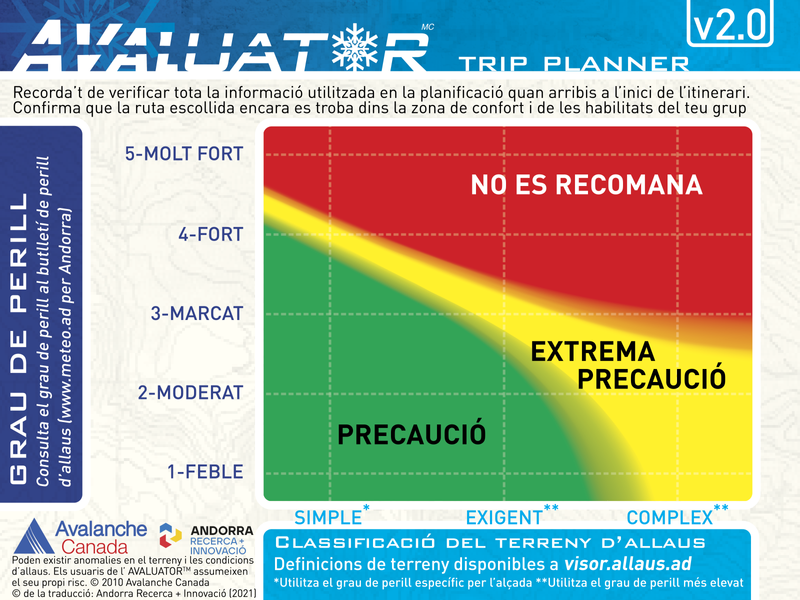Port of Cabús
General Description
We start our route starting from the center of La Massana in the direction of the village of Erts. The initial section is wide and has a lane for cyclists. When you reach the roundabout, the road narrows and does not have a road edge to drive on, a situation that will remain until you reach the Poble d'Erts roundabout. We will take the second exit in the direction of the town of Pal. We will follow the road leaving Xixerella behind until we reach Pal where it is advisable to stop and contemplate its historic streets, the banks and the church of Sant Climent. We will follow the road to the roundabout, where we will take the first exit towards Coll de la Botella. The road is wide and with a constant slope until you reach Font del Bisbe, a snack bar located very close to the Pal station. After passing the Coll de la Botella, and at 2115 meters of altitude, we find a unique sculpture called "Tempesta en una tassa de tea" at the foot of the road. Built in 1991 on the occasion of the 25th anniversary of the Andorran Social Security Fund, it is a work of the American artist Dennis Oppenheim. We will follow the high mountain road where we will enjoy panoramic views of Andorra and the Setúria valley all the time until we reach the head of the port.
Arriving at the destination, we will notice that the pavement changes, this delimits the border area between Spain and the Principality of Andorra.
We will return to the town of La Massana following the same path

 Routes and points of interest
Routes and points of interest  Agenda and events
Agenda and events  Online Store
Online Store  Information of Interest
Information of Interest  contact
contact 





















